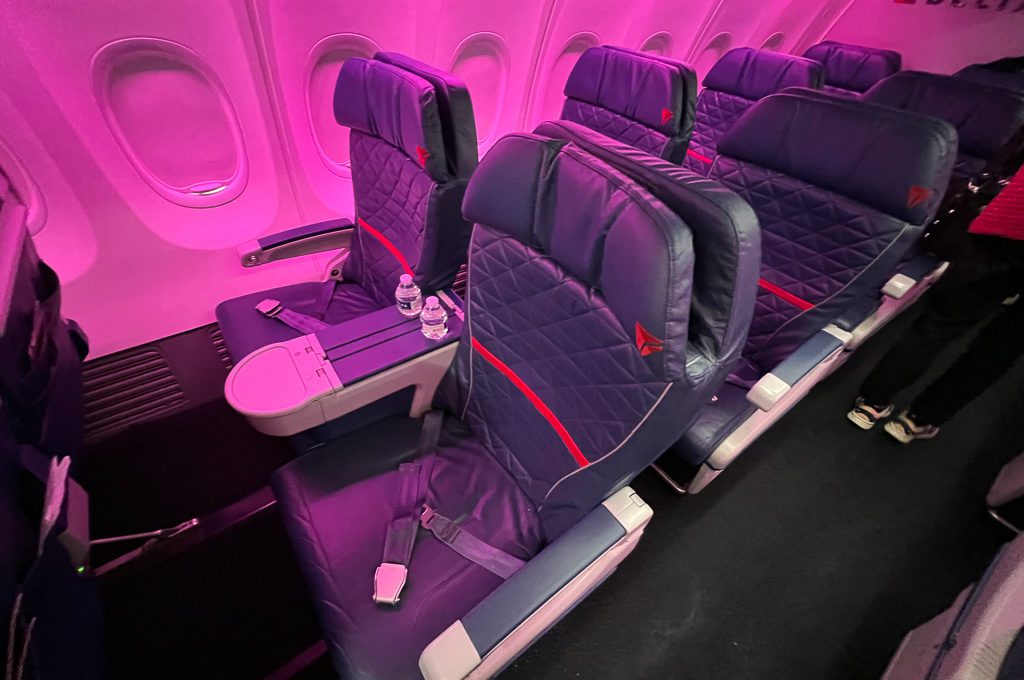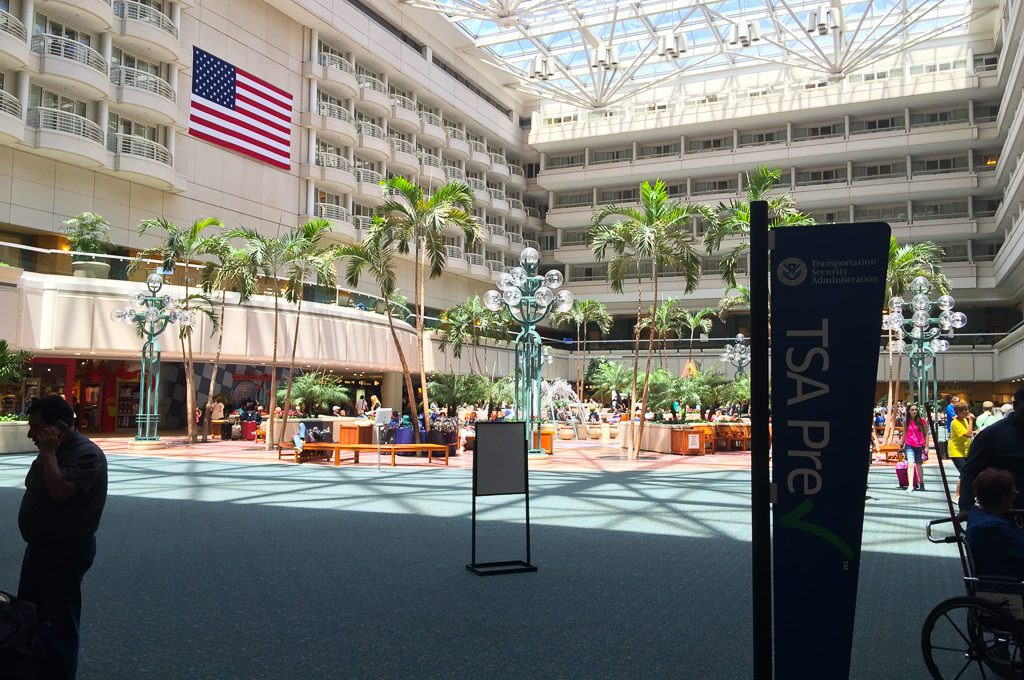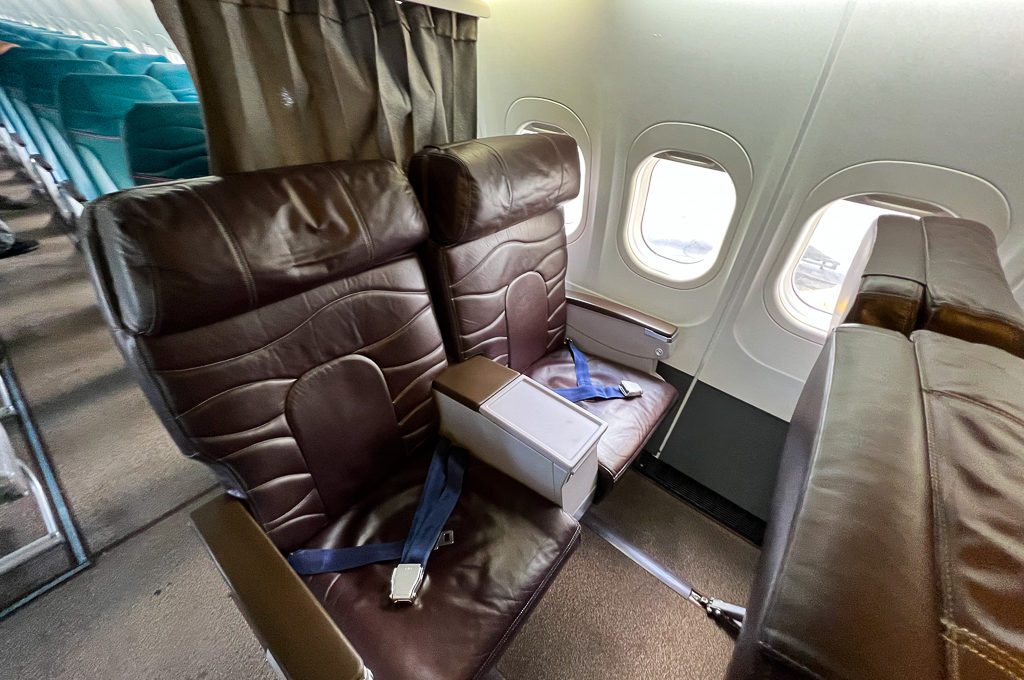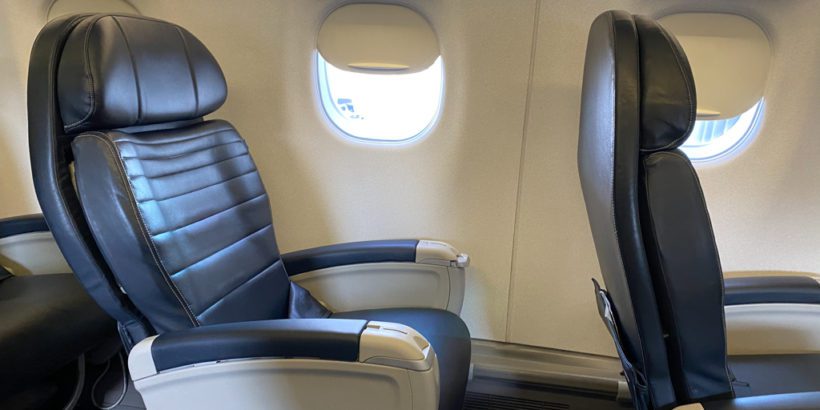Sometimes whenever you are shopping for flights on a platform like Google Flights, you might get really excited at the prospect of booking a super cheap flight.
But when you actually examine the details of the flight, the booking may not quite be as attractive as it first looked.
Below are a few quick tips to consider when you’re thinking about purchasing the cheapest airfare for a given route.
Table of Contents
Better value from loyalty programs
If you are constantly hopping around for the cheapest deal, chances are you will be flying on different airlines quite often.
This means that you might be be struggling to build up meaningful mileage balances and leverage loyalty programs.
On the other hand, if you chose to “dedicate” yourself to one or two airlines you can build up miles and enjoy perks to make up for the savings you missed out on and make your travel experiences more enjoyable.
This is especially true for people who can pick up a co-branded airline credit card that can offer them things like free checked baggage, lounge access, priority boarding, etc.
If they also have a credit card that earns transferable points for that airline program they can supplement their miles earned with points earned from daily spend.
For example, if you are loyal to United you could be earning lots of Chase Ultimate Rewards on spend categories like travel, groceries, and dining that can be transferred out to United.
That will help increase your balance of United miles earned from flying and then you can top everything off with the extra savings and perks from a United co-branded credit card.
But if you’re constantly jumping on the cheapest flight in front of you this becomes much less practical.
Tip: Use the free app WalletFlo to help you travel the world for free by finding the best travel credit cards and promotions!

Cheap flights can mean limited change options
Sometimes you’ll notice that the cheapest flight belongs to an airline that does not have many options on a given route.
For example, we recently booked a flight between Juneau and Seattle with Delta Airlines. Alaska had many flights running that route and Delta only had one but because that flight was a decent amount cheaper we went with Delta.
However, later on we had to change our flight to a different date.
Because we booked with Delta we had to use a travel credit with them but the problem was the one Delta flight on the new day had gone up dramatically (like triple the price). Meanwhile, Alaska had plenty of flights still in the original price zone.
So the point is just to consider your potential change options whenever going for the cheapest flight you can find.
You may be greatly reducing your options just by trying to save a few bucks and that could end up backfiring on you in a major way.

Bad flight times = less convenience and more money
Often times, the cheapest flights are the worst flight times. They either are arriving very late or are departing extremely early.
I don’t mind getting an early start but one of the main drawbacks of super early flights is that you also lose out on lounge access sometimes. Or if you do arrive to the lounge early and it is open you may not get full access to the dining or definitely not the bar options.
Arriving very early or late to an airport can sometimes force you to utilize a hotel such as an airport hotel.
So you’ll need to factor in the cost of that additional hotel stay. Sometimes it can be $200 to $300 which means that you may have been better off just paying more for your flight.
And finally, if you book one of the last flights of the night and there is some type of delay you may not be able to simply wait for a later flight and you won’t be able to fly until the next day.
Related: Are Airport Hotels Good Options? (Pros & Cons)

Dealing with bad connections
Another issue with cheap flights can be connections.
These cheap flights sometimes have two, three, or even four connections which can be absolutely brutal.
One of the benefits of having airport lounge access is that you can tolerate layovers a lot more.
I know for a fact that I am more likely to book a flight with a layover if I have solid lounge access so in that sense lounge access can end up saving you money in more ways than just giving you free food and drinks.
Look out for the overnight layovers because those will require you to either hang out at the airport for hours overnight or to book a hotel. Consider that booking a hotel might mean that booking a more expensive flight is the better option.
On the flipside, those long layovers can give you an opportunity to explore the city.
Another thing to think about is that with more connections, come increased odds of your luggage getting lost or misplaced.
Related: What Time Does the Airport Open? What 24 Hours Really Means

Mixed itineraries
A mixed itinerary is when one segment is in a different class from another. For example, if one flight segment is in business class and the other is in economy, that is a “mixed itinerary.”
A lot of the cheaper flights can have mixed segments so it’s something to look out for, especially whenever searching for award flights.
Typically, there should be some type of indication that you are dealing with a mixed itinerary on the search results page so you don’t always have to click on the booking to verify this.
The good news is that you can still get lounge access if you have a long haul, business class flight segment. In other words, your segment in economy will not ruin your chances of enjoying a lounge in a lot of cases.
Beware of Basic Economy fares and ULCC
A lot of the cheapest fares are basic economy fares which means that you may not be able to bring a carry-on on board for free. You also might lose out on other privileges like being able to pick your seat.
For passengers who don’t need to bring a carry-on or get a special seat these don’t really matter. But for families who want to stay together, the savings offered by basic economy often are not worth it.
Also be aware that the ultra low cost carriers such as Spirit and Frontier sell tickets that are essentially standard basic economy tickets. You’ll have to pay extra to select your seat, bring a carry-on, etc. By the time you add on the costs for those things, the savings offered by the base fare quickly disappear.
Related: How Much It Costs to Choose Your Seats on Each Airline
First class can be a great deal
Sometimes, when flying domestically, you can find first class flights that are not that much more expensive than the cheapest economy flights
And then whenever you factor in the savings from baggage fees the difference gets even smaller.
When we recently flew between Hawaiian islands in Hawaiian Airlines first class, the savings in baggage fees meant that we were basically paying the same price for a first class flight except that we had more benefits like priority boarding. Booking first class was a no-brainer.

You need the flexibility
A lot of times, the cheapest airfare is a fare bucket that comes with limited flexibility.
If you need to cancel that ticket, you’ll get a travel credit and not a full cash refund. So if you’re someone who thinks that you may need to cancel and would like to receive a cash refund, going with the cheapest airfare is often not a good idea.
Final word
Saving money on cheap airfare is great but it’s not always the best option.
Always consider the conditions that come attached to the cheaper flights even if they are not 100% obvious at first glance.
By thinking through different scenarios that might pop up such as the need to change or deal with delays, you can avoid frustrations and even spending more money.
Daniel Gillaspia is the Founder of UponArriving.com and the credit card app, WalletFlo. He is a former attorney turned travel expert covering destinations along with TSA, airline, and hotel policies. Since 2014, his content has been featured in publications such as National Geographic, Smithsonian Magazine, and CNBC. Read my bio.

